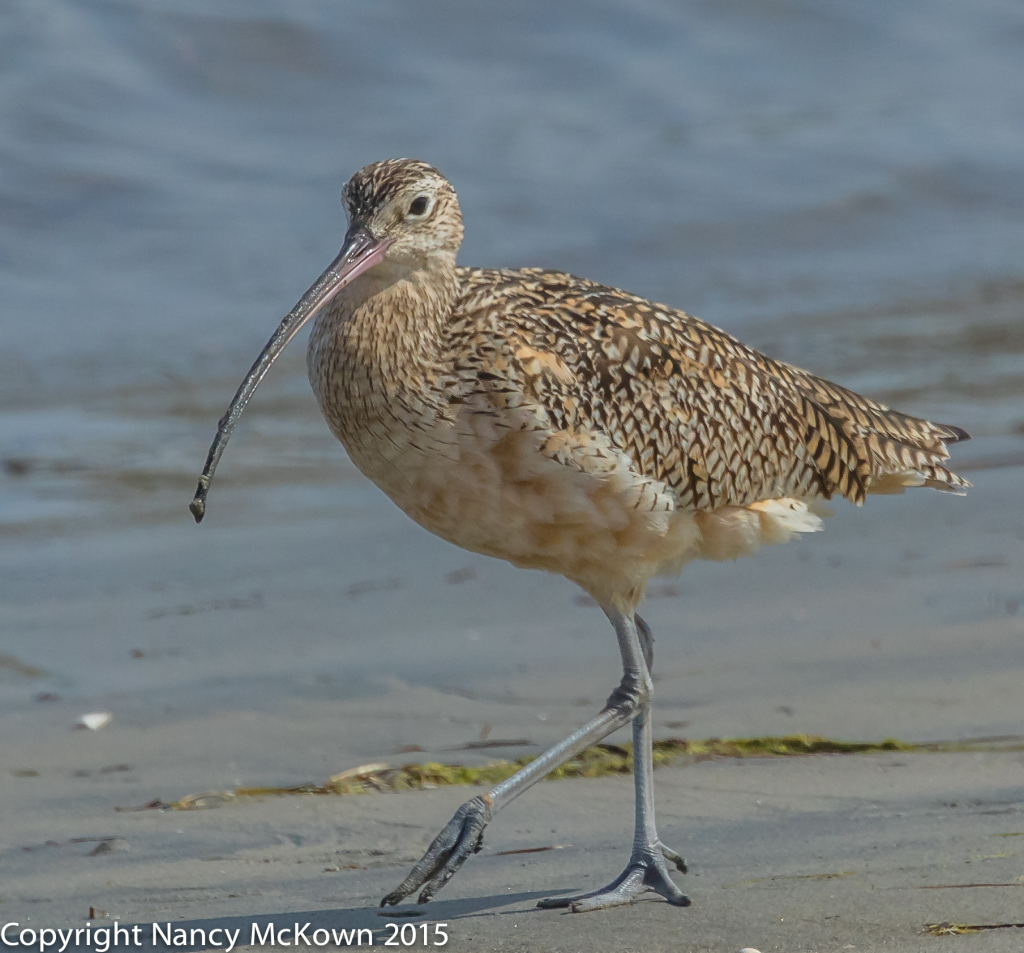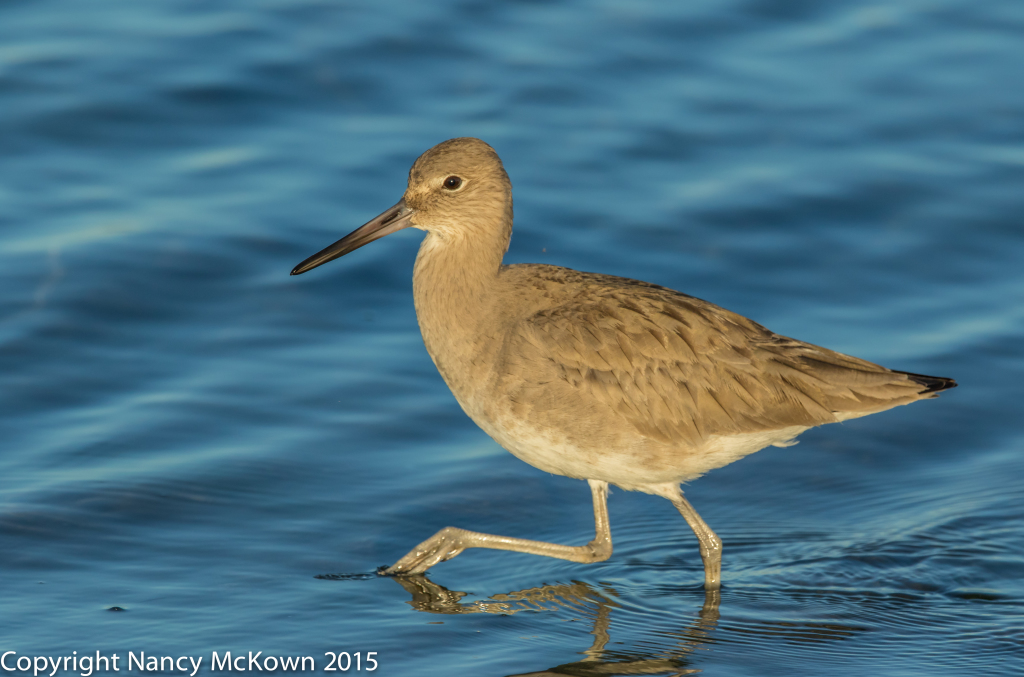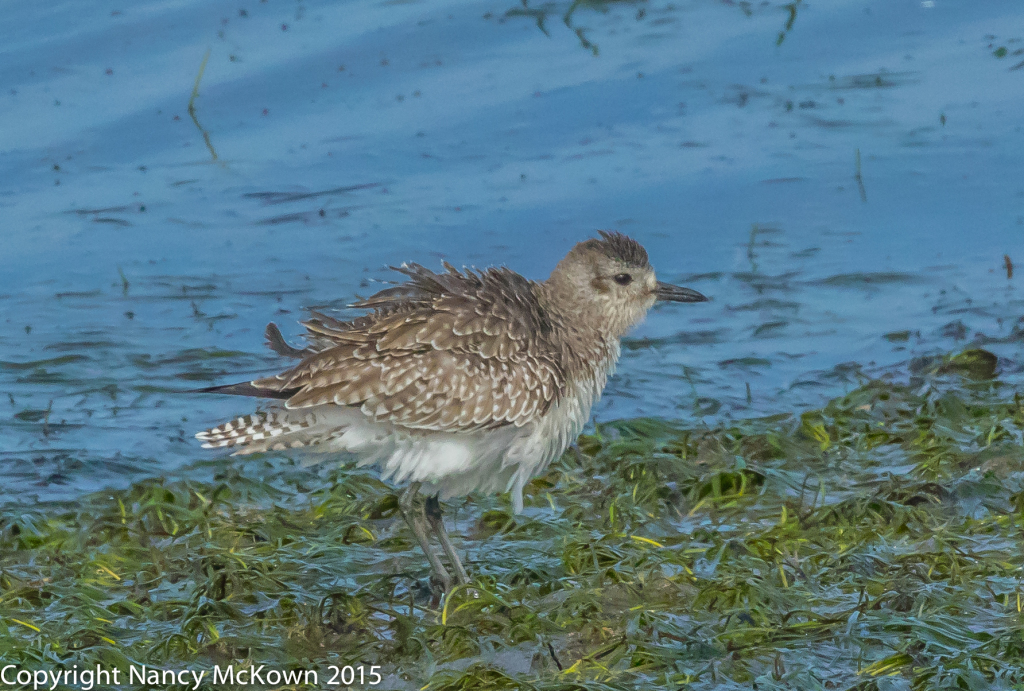Photographing Shorebirds
One of the first things I noticed when photographing the shorebirds foraging for food on the Mission Bay beach in San Diego was that so many of the different species seemed to get along. For the most part, it was a tranquil beach. That’s because physical and behavioral adaptations have made these shorebirds uniquely adept at feeding and nesting on the shoreline without the need for much competition between different species. These adaptations include beak size and shape, size and shape of body, legs and toes, plumage, habitat requirements, and migratory patterns.

ISO500; f/8; 1/2000 Second
Form Aligning With Function
So godwits, plovers, willets, curlews and other shorebird species can work the same beach and rarely waste energy fighting over resources. They have adapted to depend on their highly specialized beaks and feeding behaviors to probe for the food that meets their dietary requirements.
Depending on the season and their location, they forage in mud, water, sand and grass for crustaceans, marine worms, crabs, insects (including flies and their larvae), small mollusks, small fish and plant material, including grass, fresh shoots, and seeds.
These shorebirds are a wonderful example of how nature aligns form with function.

ISO 320; f/6; 1/2000 Second

With His Medium length Beak.
ISO 500; f/6.3; 1/2000 Second
Tripod on the Beach
I walked a long way on this shorebird photographic adventure. I decided that my camera and lens were too heavy to hold without support, so I took my Manfrotto aluminum tripod and Gimbel head with me to help stabilize the equipment on the mucky sand. (I regretted not take my lighter, sturdier carbon fiber Manfrotto on this trip.) The sand was uneven, wet and squishy, but the tripod still steadied the camera much better than I could have without it. As I moved from place to place, the feet and lower end of the tripod legs were sinking more and more into the wet sand and grit. It didn’t take long for these tiny particles to get stuck in the leg locking mechanisms, so much so that function was impaired and wet sand had to be cleaned out before I was able to collapse the tripod legs.
Just like the camera and lens, tripods need routine care. It’s important to clean the dirt, dust and moisture off the tripod after each use, (especially when it’s been exposed to salt water and air) otherwise the mechanism gets sticky and uncooperative. Like most equipment essential in producing good photography, a tripod will let you down if you don’t take care of it.

ISO 2000; f/13; 1/2000 Second

ISO 800; f/6.3; 1/2000 second
For more information on how to photograph Sandpipers on the Beach, press this blog link.









